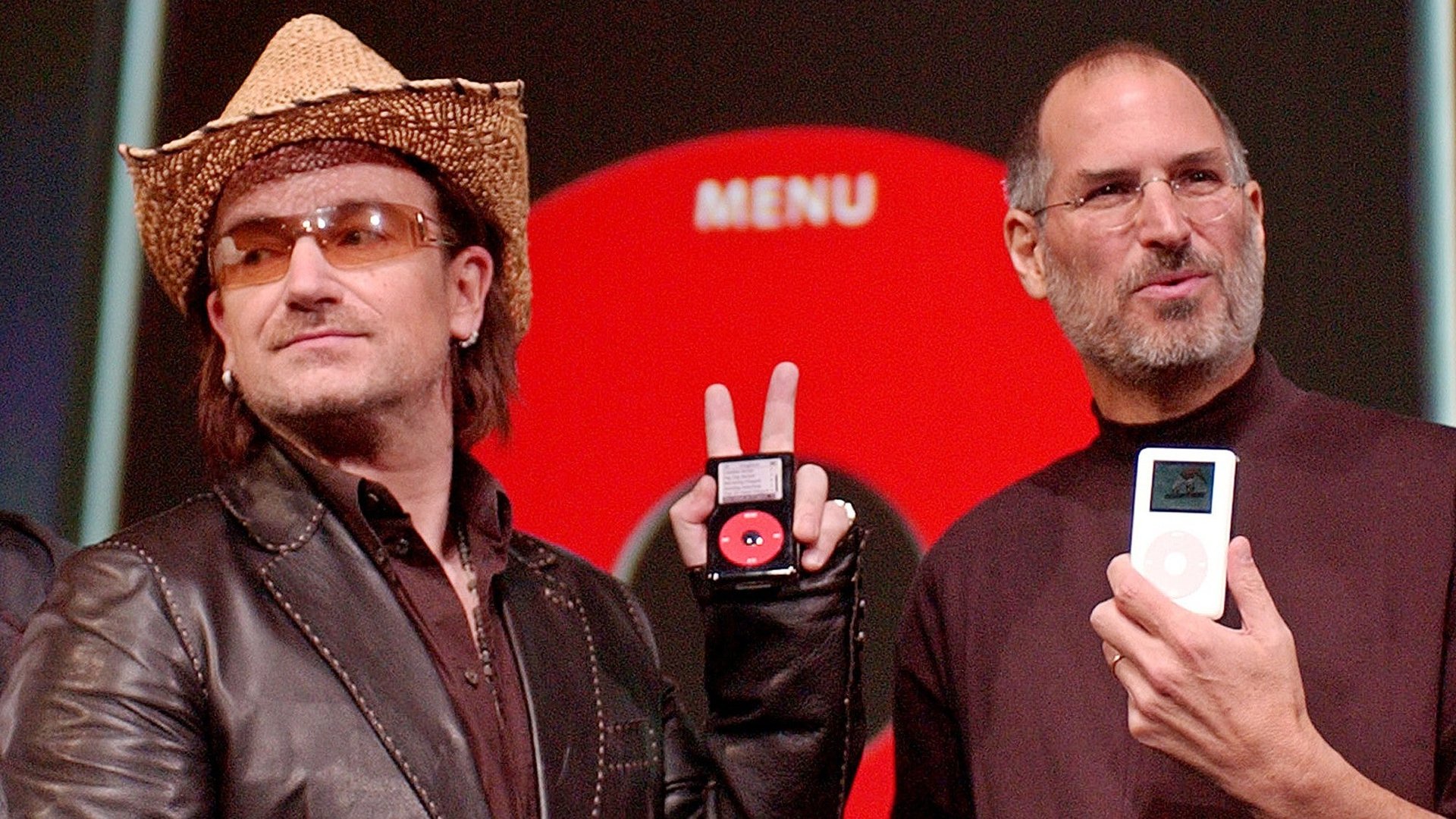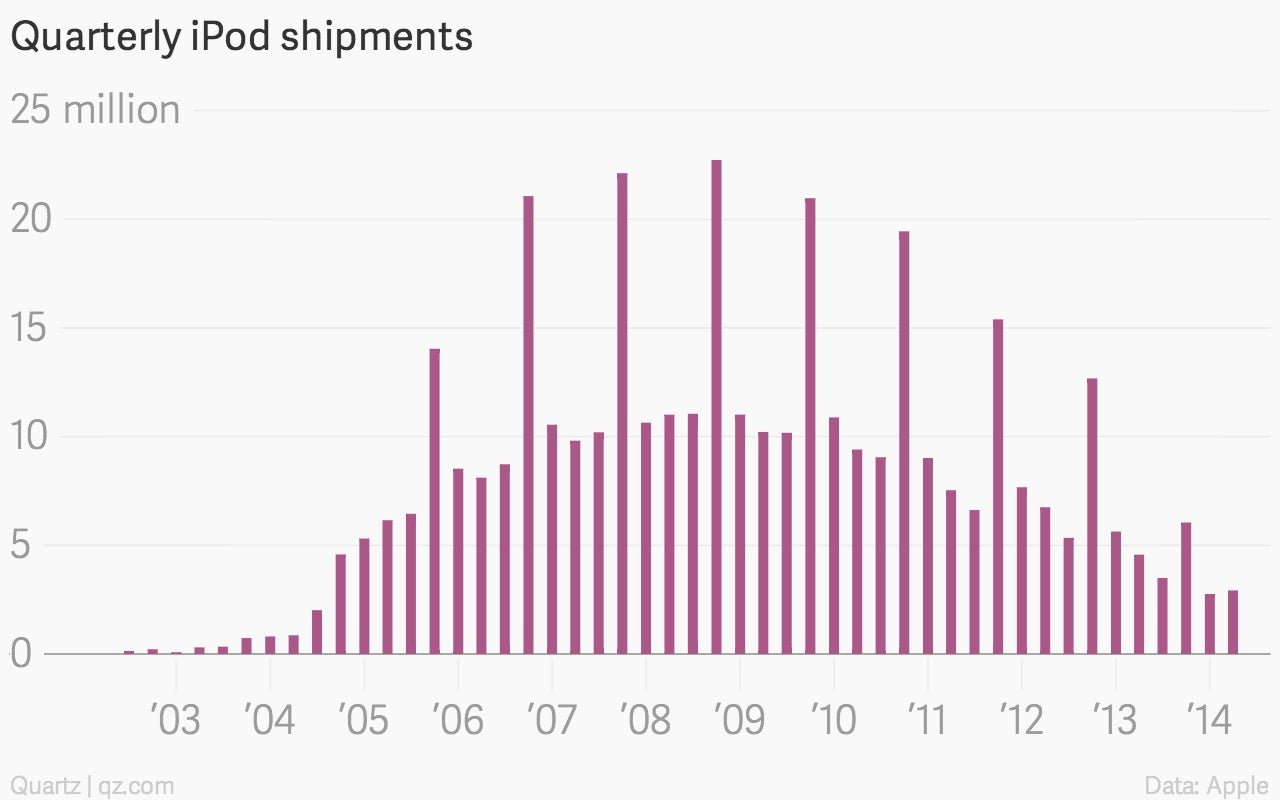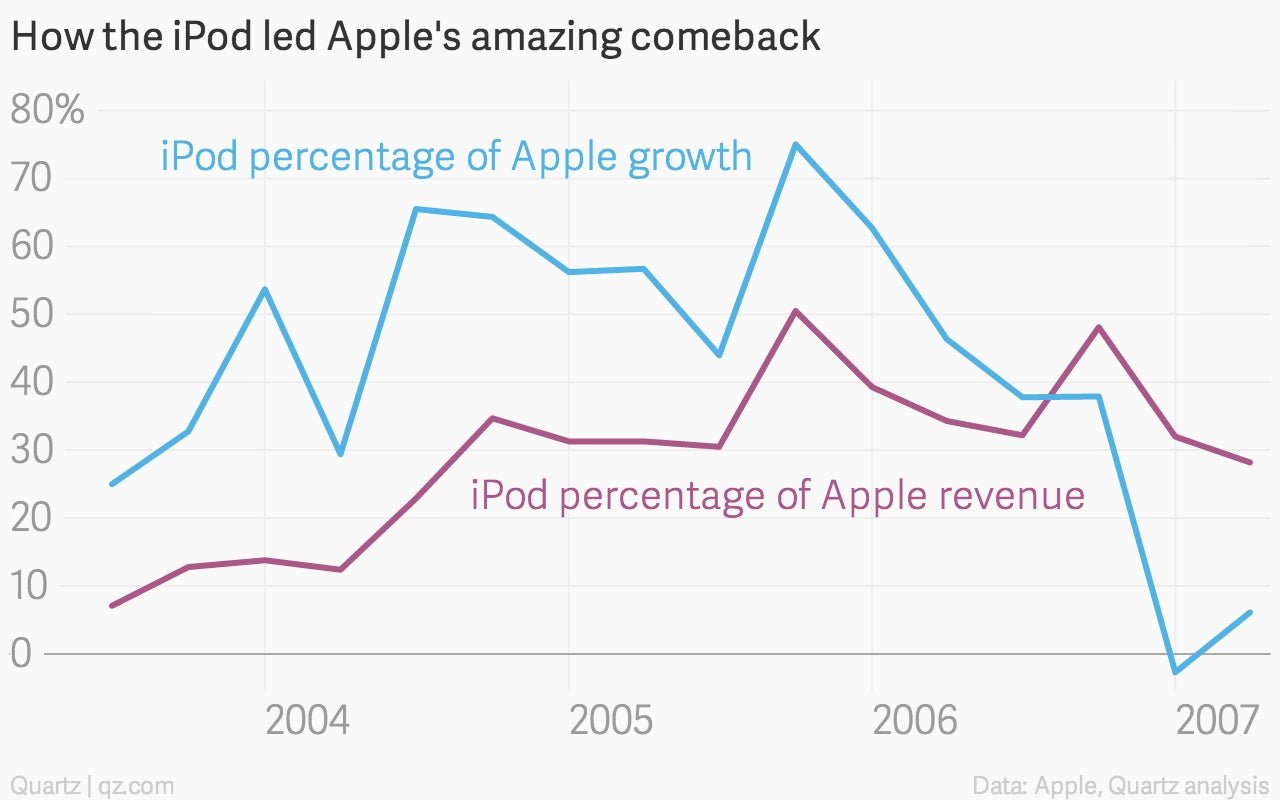A tribute to the classic iPod, which changed Apple’s fortunes forever
Almost 13 years after its introduction, Apple quietly retired the iPod classic yesterday by removing it from its iPod website and online store.


Almost 13 years after its introduction, Apple quietly retired the iPod classic yesterday by removing it from its iPod website and online store.
The iPod isn’t nearly the seller it once was—especially the non-touch-screen, spinning-disk-based iPod classic—so Apple’s timing is probably right. (The company is still selling the iPod touch, nano, and shuffle.)
But it’s worth recalling just how important this device was to Apple.
The iPod was Apple’s first consumer mega-hit. While Steve Jobs was already successfully rebuilding the Mac business by the time the iPod launched in 2001, the iPod catapulted Apple into becoming a massive consumer electronics company. Through this June, Apple has sold almost 400 million iPods. Sales peaked in the fourth quarter of 2008, when Apple sold 22.7 million iPods. Last quarter, it sold just 2.9 million.

The iPod led Apple’s resurgence, which was arguably the greatest comeback in business history. By today’s standards, its launch—125,000 units sold in two months—was small. But the iPod quickly became Apple’s growth driver. In the fourth quarter of 2005, it represented half of Apple’s overall revenue.

The iPod made the iPhone possible, which made Apple the biggest tech company in the world. There’s no way that Apple would have been able to create the iPhone if it hadn’t learned everything it did from the iPod—good and bad. And teaching millions of people to sync a device to iTunes surely helped, too.
The iPod’s iconic white earbuds were Apple’s first mainstream wearable devices. It’s fitting that Apple silently retired the iPod classic the same day it made a giant noise unveiling its new wearable gadget, the Apple Watch (which also features a spinning-wheel interface to control things on its screen).
Lastly, the iPod perfectly illustrates the formula that has made Apple successful over and over. The iPod was not the first MP3 player on the market. But it was the first that integrated great industrial design with functional, custom software. Its pitch—“1000 songs in your pocket”—was truly compelling. Combined with fun marketing and annual improvements to the product, Apple built a lasting hit. And it has used this pattern several times since.